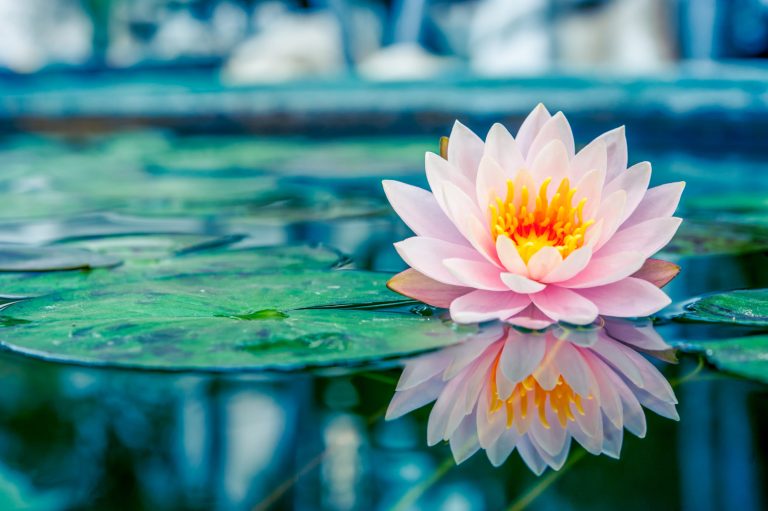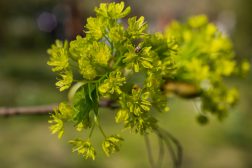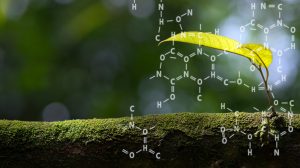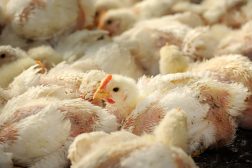Freshwater Lentic Communities & Animals

Pink Lotus plant on a pond
Plants that live partially or completely submerged in water are deemed hydrophytes. A form of symbiosis occurs with these hydrophyte plants, which provide means for algae and other organisms to survive in the surrounding environment. This is because the hydrophytes provide the conditions for the likes of algae and bacteria to survive in the environment. In return, herbivore animals tend to feed on this rich blanket of algae as opposed to the plants themselves, therefore protecting them from being consumed.
Animals in this environment feed on this algae, and also upon the detritus matter, the organic material that is rich on the water bed. It is an area of abundant organic material because the plants that survive in this area provide a source of food, and also a source of shelter which can provide protection from predators or a location to hatch offspring in a closed protected area.
This energy-rich environment and suitable conditions allows a wide range of aquatic animals to successfully breed an survive in the area.
Particularly, herbivores thrive in these niches of the community, as there is a rich source of food (plants) growing from the nutrient-rich soil.
You will also like...

Consciousness and Behavior
Human consciousness and behavior are an interesting topic since they are determined and controlled by the brain. Conscio..

Gibberellins and Gibberellic Acid
This tutorial describes the role of gibberellin family in plants. Find out the effects of gibberellin on plant growth an..

Stems
Stems primarily provide plants structural support. This tutorial includes lectures on the external form of a woody twig ..

Effect of Chemicals on Growth & Development in Organisms
Plants and animals need elements, such as nitrogen, phosphorus, potassium, and magnesium for proper growth and developme..

Insects
There are more species of insects than any other species combined. This surely illustrates that insects have the selecti..

Selective Breeding
Gregor Mendel's studies into Monohybrid and Dihybrid crossing and Charles Darwin's study of evolution and natural select..
